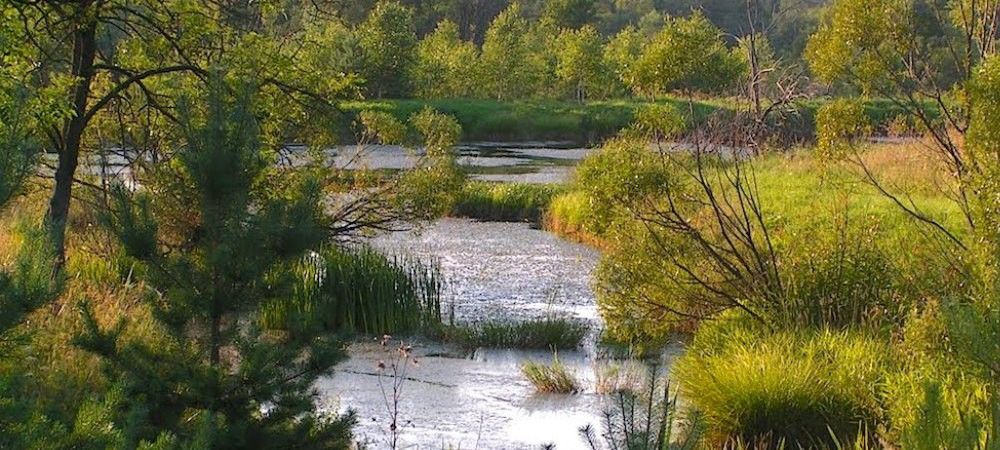
Źródliska Jasiołki Nature Reserve
The reserve was established in 1993 to protect the natural plant communities of the spring areas of the rivers Wisłok and Jasiołka. It is the biggest nature reserve in the Polish part of the Carpathians, covering an area of almost 1600 ha. Most of this area is covered with forests, with the exception of extensive meadows in the north-west part of the reserve. There used to be a village called Jasiel there, and today you can observe nature reclaiming the place once taken away from it by man.
The eastern part of the reserve, covering mainly the tributaries of the Wisłok River, which has its sources there, is characterised by a variety of landforms including sinkholes, ravines and rocky outcrops. The western part is an area of slight inclination, in higher levels covered with plant communities, many of which are boggy or create peat bogs.
The reserve is home to many predators – you can encounter there grey wolves, lynxes, wild cats and even bears. There is also a large population of red deer. The extensive meadows are a perfect habitat for insects. They are also hunting grounds for the protected lesser spotted eagle. Other protected species of birds you can observe there include the Ural owl, white-backed woodpecker, red-breasted flycatcher, collared flycatcher, corncrake and red-backed shrike
The flora is especially rich, represented by 350 species, characteristic for both Eastern and Western Carpathians, highlands and lowlands. You can see there such curiosities as perennial honesty, hard shield-fern, Whorled Solomon's-seal, heartleaf oxeye, and stemless carline thistle.
Juniper bushes and trees are growing on the meadows and pastures that have fallen out of use, so it was decided that they would be regularly mowed to protect the habitat of insects and animals living there. A few years ago part of the reserve’s ecosystem was destroyed in a fire, after which two firefighting ponds were constructed. The decision to establish them was rather controversial as they have caused irreversible changes in the natural habitat of the place, but by now they have perfectly blended into the landscape and become a habitat for many species.
There is a blue border trail to Kanasiówka Mountain (823 metres above sea level) going through the reserve, as well a yellow trail from Bukowiec to Kanasiówka, and a green one from Besko to Komańcza. There is also the Jaga-Kora trail, which is a reconstruction of the trail through Jasiel used by couriers of the Polish resistance movement under Nazi occupation.
fot.: M. Sanocka
The reserve is home to many predators – you can encounter there grey wolves, lynxes, wild cats and even bears. There is also a large population of red deer. The extensive meadows are a perfect habitat for insects. They are also hunting grounds for the protected lesser spotted eagle. Other protected species of birds you can observe there include the Ural owl, white-backed woodpecker, red-breasted flycatcher, collared flycatcher, corncrake and red-backed shrike
The flora is especially rich, represented by 350 species, characteristic for both Eastern and Western Carpathians, highlands and lowlands. You can see there such curiosities as perennial honesty, hard shield-fern, Whorled Solomon's-seal, heartleaf oxeye, and stemless carline thistle.
Juniper bushes and trees are growing on the meadows and pastures that have fallen out of use, so it was decided that they would be regularly mowed to protect the habitat of insects and animals living there. A few years ago part of the reserve’s ecosystem was destroyed in a fire, after which two firefighting ponds were constructed. The decision to establish them was rather controversial as they have caused irreversible changes in the natural habitat of the place, but by now they have perfectly blended into the landscape and become a habitat for many species.
There is a blue border trail to Kanasiówka Mountain (823 metres above sea level) going through the reserve, as well a yellow trail from Bukowiec to Kanasiówka, and a green one from Besko to Komańcza. There is also the Jaga-Kora trail, which is a reconstruction of the trail through Jasiel used by couriers of the Polish resistance movement under Nazi occupation.
fot.: M. Sanocka
